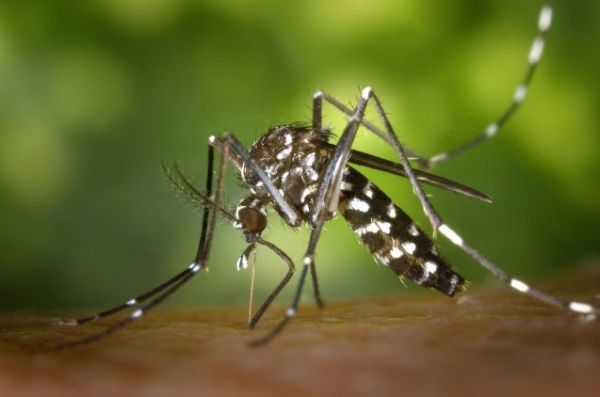A new study demonstrates for the first time that subseasonal rainfall and temperature forecasts can be used to predict outbreaks of dengue fever by estimating mosquito abundance.
Climate models are often applied to future predictions, but one of the most reliable ways to improve and test the capabilities of these models is to look to the past. In a new study published in GeoHealth, researchers revisited a large dengue outbreak on the island of Réunion and determined it would have been possible to predict the event using available climate data. In particular, they integrated forecasts of rainfall and temperature generated up to four weeks ahead of the start of the outbreak into a mosquito population model. Their success has implications for the use of climate data in future public health efforts.
Réunion, a French overseas island between Madagascar and Mauritius in the Indian Ocean, faced an unprecedented outbreak of dengue in 2018. Dengue fever is a viral tropical disease spread by mosquitoes; in Réunion, the disease is carried by the local species Aedes albopictus. Mosquito populations are influenced by a complicated web of environmental factors that are difficult to monitor on a local scale. However, the study by researchers at Columbia University’s International Research Institute for Climate and Society, Umeä University, New York University and the European Center for Disease Control and Prevention shows that there is great potential for using climate information to predict how suitable an environment will be for vector-borne diseases.
Read more at Earth Institute At Columbia University
Photo: The mosquito species Aedes albopictus is native to Southeast Asia but can be found across the tropics and subtropics. Photo: James Gathany (Centers for Disease Control and Prevention)


